Berwick Bank
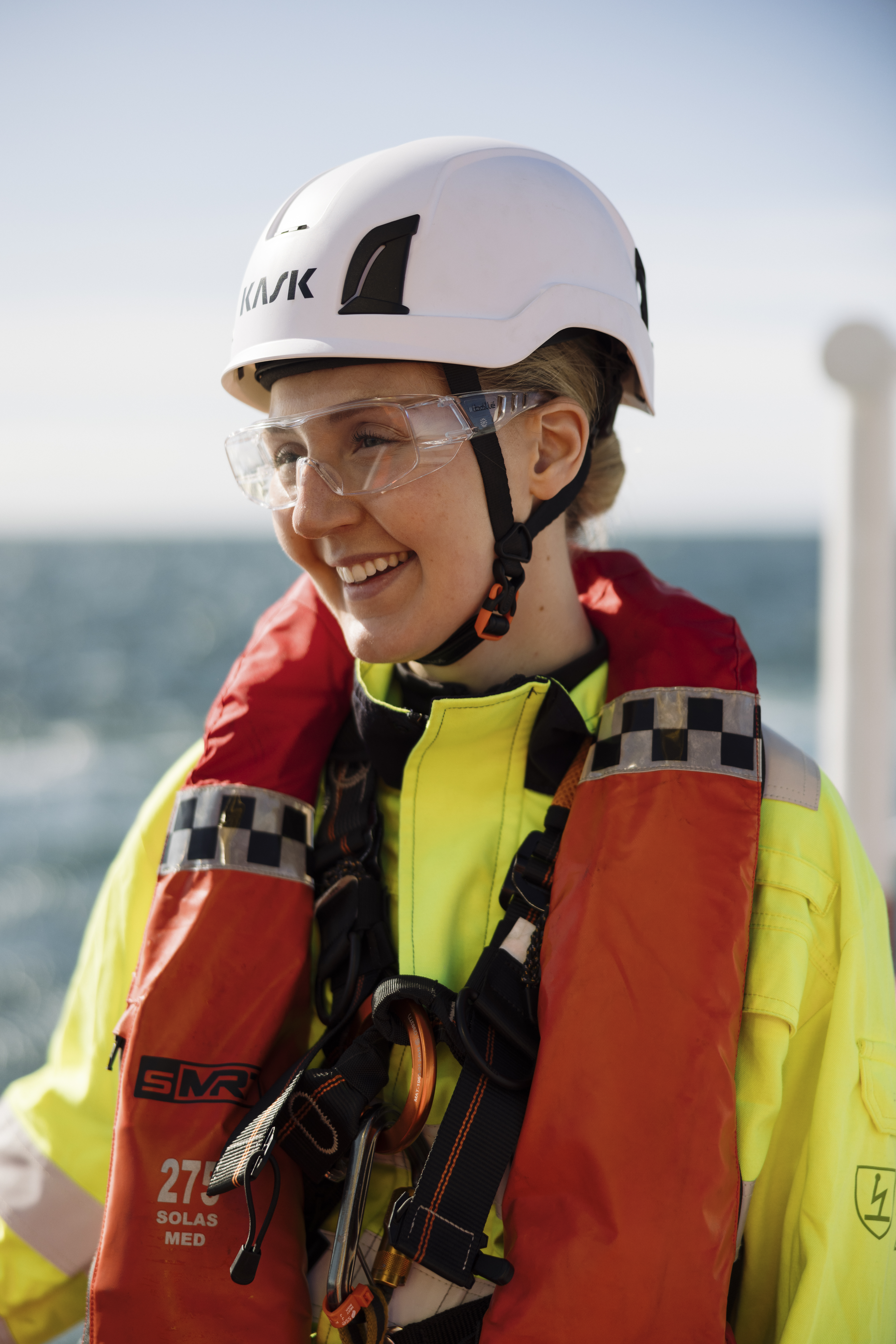
Together we can secure Scotland's energy future. Ready to help?
Now is the time to secure Scotland's clean energy future. Berwick Bank can cement Scotland's position as a global leader in offshore wind and deliver the clean energy needed now.
Located in the outer Firth of Forth, if consented, Berwick Bank would become the world's largest offshore wind farm in development and would deliver significant economic benefits for Scotland and the rest of the UK.
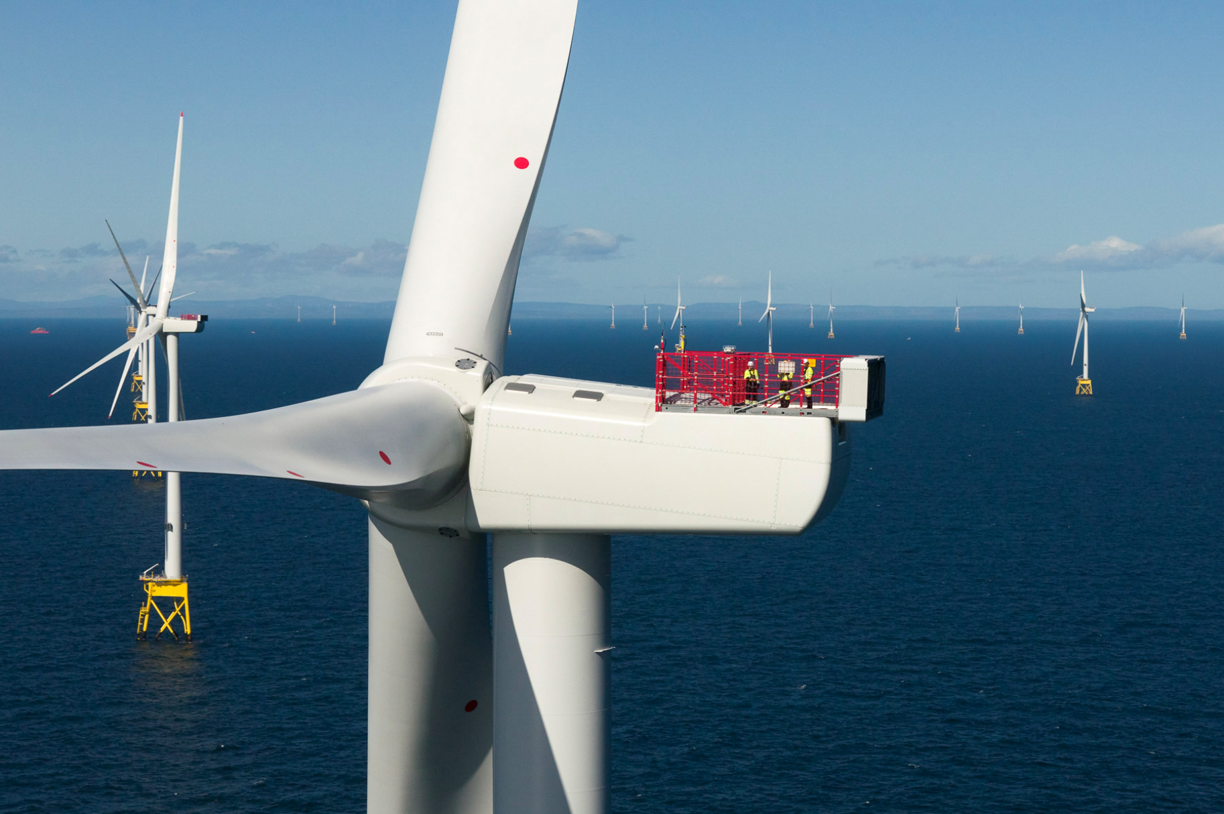
The best leaders leave a legacy.
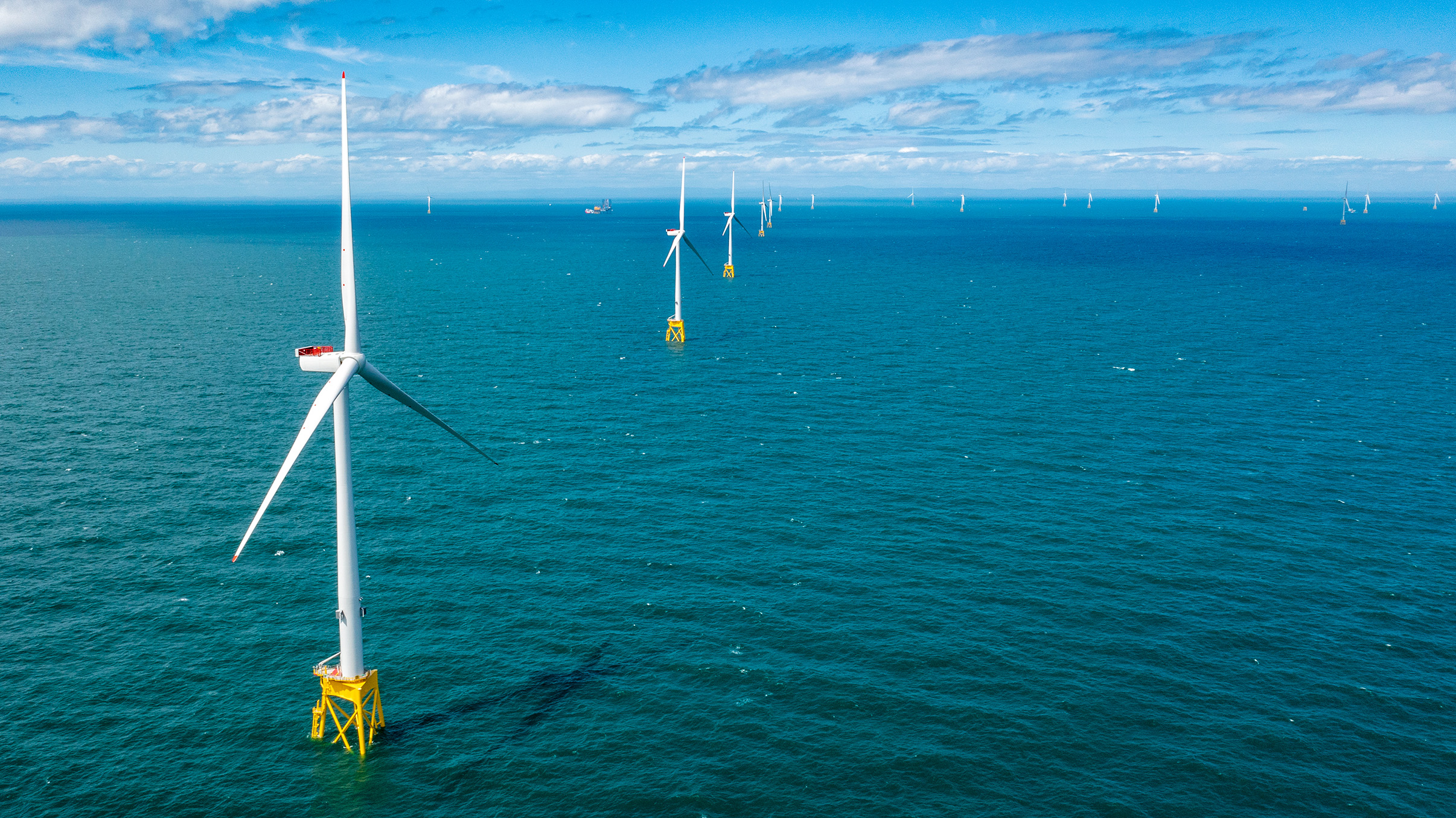
Yours could be the planet.
There is no time to spare in the fight against climate change
Consenting to Berwick Bank would not only facilitate the development of vital green infrastructure but it would also support economic growth through job creation in the renewables sector. Moreover, this project aligns with government commitments to combat climate change and achieve net -zero emissions by 2050, making it an essential component of the UK’s transition to a sustainable energy future. Find out more about how Berwick Bank can benefit Scotland and the UK here.
"At over 4GW, Berwick Bank, if consented, would be one of the world’s largest offshore wind farms and is primed to make a massive contribution to the achievement of both Scottish and UK Government offshore wind targets. However, the project is still awaiting a consent decision after an application was submitted almost two years ago.
Paul Cooley Director of offshore
Clearly, we need to find ways to achieve faster consent decisions. The current planning system is too complex and is simply taking too long. This is in the face of an urgent necessity to deliver decarbonisation of the energy system, reduce reliance on imported fossil fuels, lower energy bills and fight the climate crisis.
There is much to do if the UK is to meet its ambitious clean power targets by 2030, which requires a quadrupling of offshore wind capacity. This target is simply not achievable without Berwick Bank which alone would make up 37% of Scotland’s offshore wind target by 2030.
"
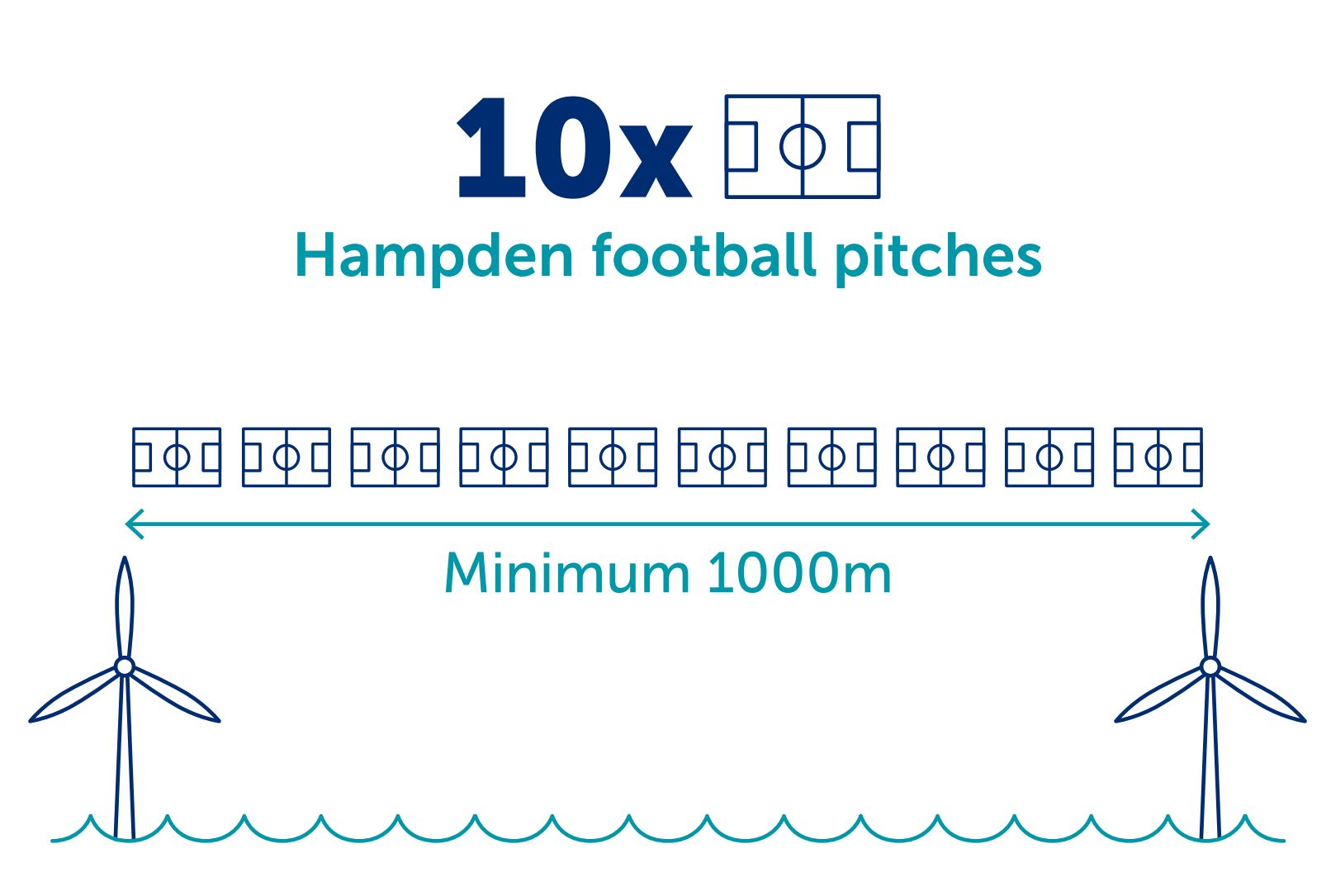
Site Area
The 1,010km² site will be home to a maximum of 307 turbines.
Each turbine will be positioned between a minimum of 1,000m and 4,650m apart. The same minimum distance as roughly 10 Hampden pitches placed back-to-back, to allow plenty of space for seabirds to navigate.
Seabird Considerations
As a requirement of consent conditions for our operational Beatrice Offshore Wind Farm, an independent study was conducted to understand the impact offshore wind farms may have on seabird displacement.
While most other studies have been carried out in the southern North Sea, this pioneering study provides some of the first evidence on how seabirds respond to the presence of wind turbines located at sea in eastern Scotland. This helps to build a better understanding of how seabirds may respond to offshore wind development in this area.
The study found no evidence that key species (kittiwake, guillemot, razorbill and puffin) redistributed themselves away from the wind turbines and it provides compelling evidence that the wind farm has had minimal effects on the behaviour and distribution of these species.
You can read the full paper here as well as the ornithological monitoring report here.
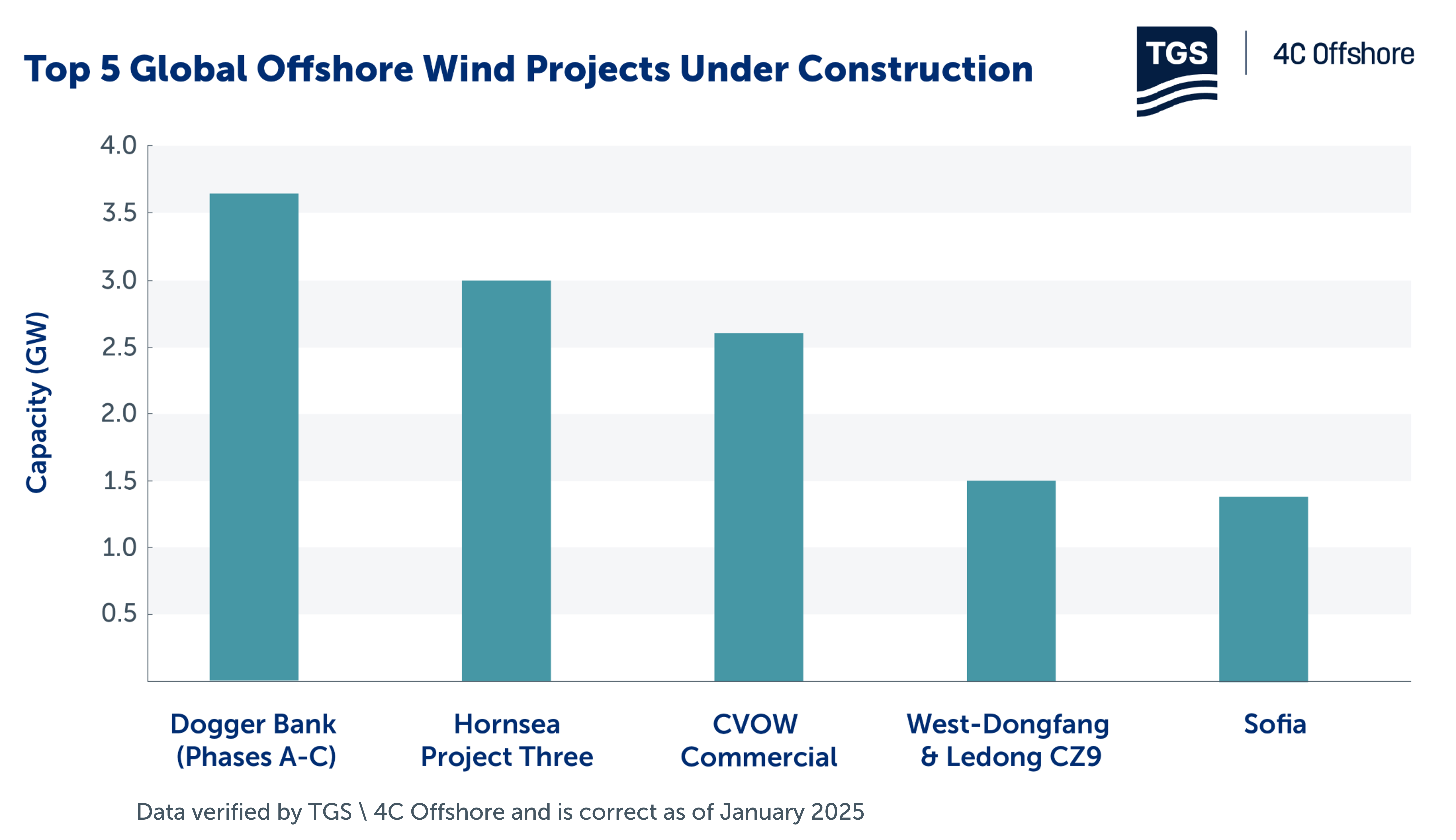
Qualifying Text
Berwick Bank would make Scotland a global leader in offshore wind - The current largest offshore windfarm in construction is Dogger Bank at 3.6GW. Berwick Bank has a proposed capacity of 4.1GW which would make it the world's largest offshore windfarm if it were to enter construction.
In 2023-2024, our energy generation mix was 47% renewables (including onshore wind, offshore wind and hydro power) and 53% non-renewable sources (primarily our gas power stations).

